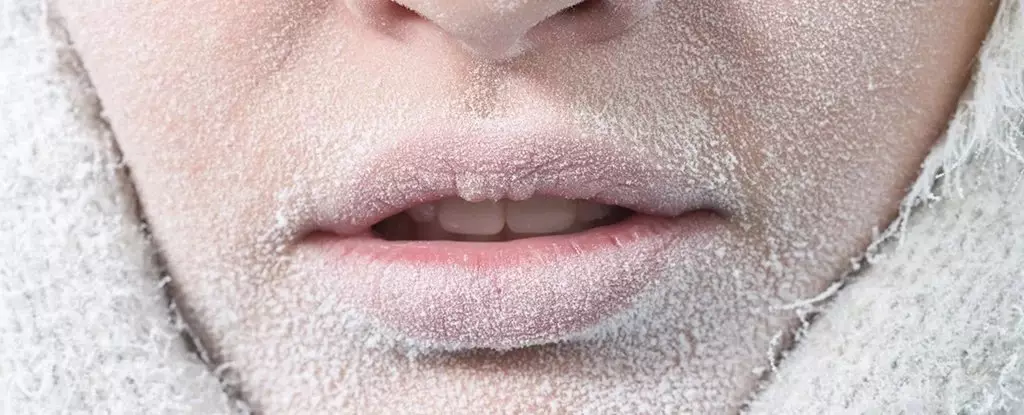In the early hours of a cold Minnesota morning in 1980, Wally Nelson made a shocking discovery. Just a few meters from his door, he stumbled across the lifeless body of his friend, Jean Hilliard, lying in the snow. Hilliard’s car had stalled on her way back home after a night out, and she had embarked on a treacherous journey to find help in sub-freezing temperatures. After tripping and losing consciousness, her body succumbed to the extreme cold, leaving her “frozen solid”.
Jean Hilliard’s story of survival in freezing temperatures captured the attention of medical specialists. While uncommon, cases of people surviving extreme hypothermia are not unheard of. In fact, there is a saying among medical professionals in cold climates that “nobody is dead until warm and dead.” This realization has become the basis for therapy, as controlled cooling of the body can reduce the body’s oxygen requirements and slow down the dying process.
What sets Jean Hilliard’s case apart is the extreme nature of her hypothermia. Her body temperature dropped to a staggering 27 degrees Celsius, a full 10 degrees below that of a healthy human. Her body was, as described by the treating physician, “completely solid, just like a piece of meat out of a deep freeze.” However, within a few hours of being warmed by heating pads, Hilliard’s body miraculously returned to a state of health, with minimal damage apart from some numb and blistered toes.
While Hilliard’s friends and family attributed her recovery to the power of prayer, biology might have played a significant role as well. Water, unlike most materials, expands when it freezes. This expansion poses a risk to body tissues, as it can cause swelling and rupture. However, some animals, such as the Antarctic blackfin icefish and the wood frog, have evolved natural antifreeze mechanisms to protect their cells from freezing. Although the exact explanation for Hilliard’s ability to withstand being frozen remains unknown, it is possible that her body chemistry or tissue makeup contributed to her survival.
The “frozen” appearance of Hilliard’s body can be attributed to severe hypothermia. When the body reaches such low temperatures, muscle rigidity increases, resembling rigor mortis. Additionally, blood vessels close off under the skin to prioritize organ function, leading to a pale, ashen appearance and a feeling of coldness. Medical staff attempting to administer treatment might have encountered difficulty with constricted veins and dehydrated skin, resulting in bent needles.
Jean Hilliard’s survival is undoubtedly a stroke of luck, but as our understanding of the human body grows, we can rely less on fortune and more on medical advancements. Hilliard’s story serves as a reminder of the incredible resilience of the human body, and it highlights the potential for future breakthroughs in medicine and rapid emergency responses to save lives in similar situations.
Jean Hilliard’s remarkable survival from extreme hypothermia continues to captivate and intrigue medical professionals and researchers. While her case remains extraordinary, it offers invaluable insights into the human body’s ability to endure and recover from seemingly insurmountable challenges. As we uncover more about the remarkable feats the human body can achieve, we can strive to harness these capabilities to ensure better outcomes for individuals facing life-threatening conditions in the future.



Leave a Reply